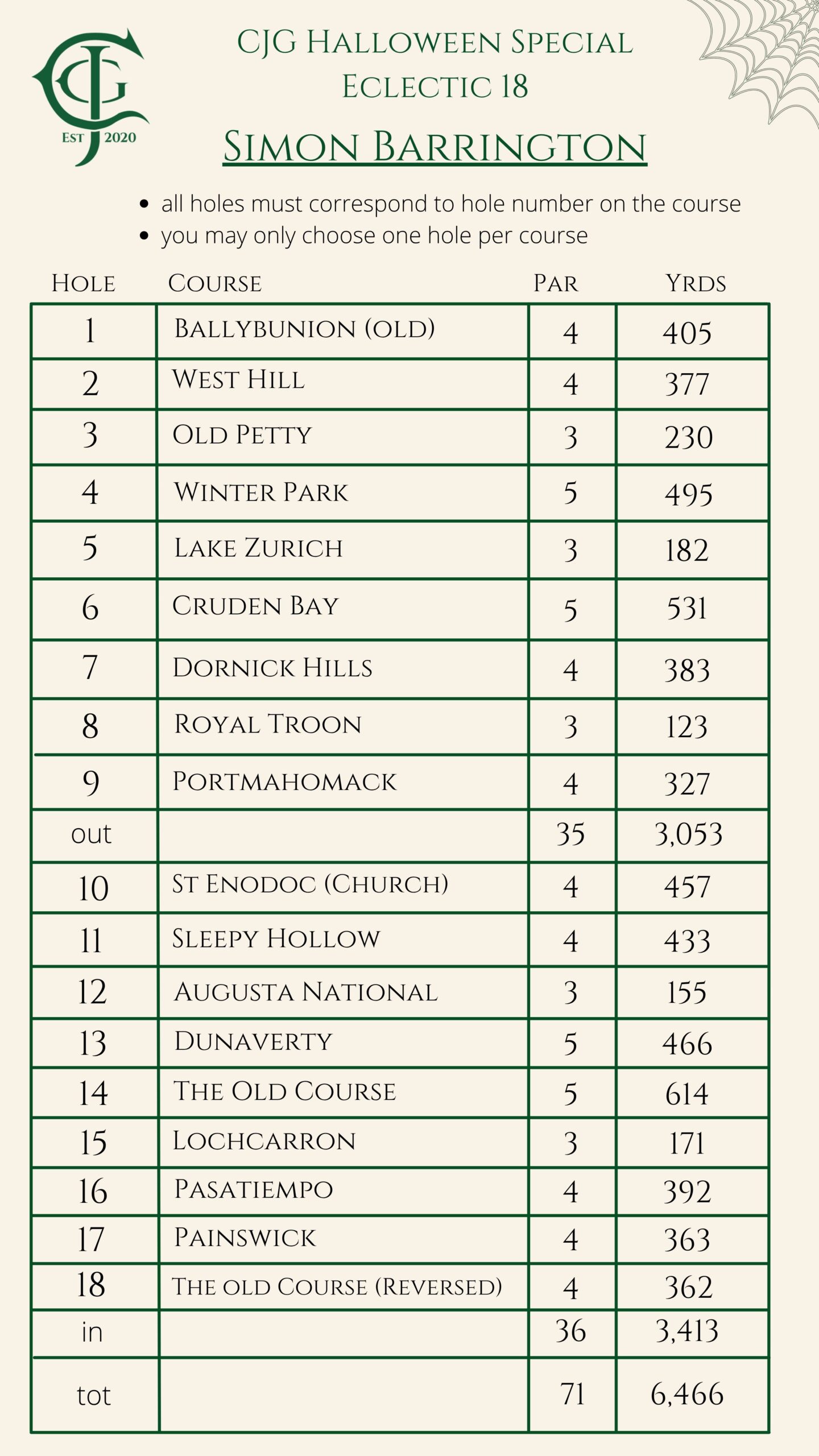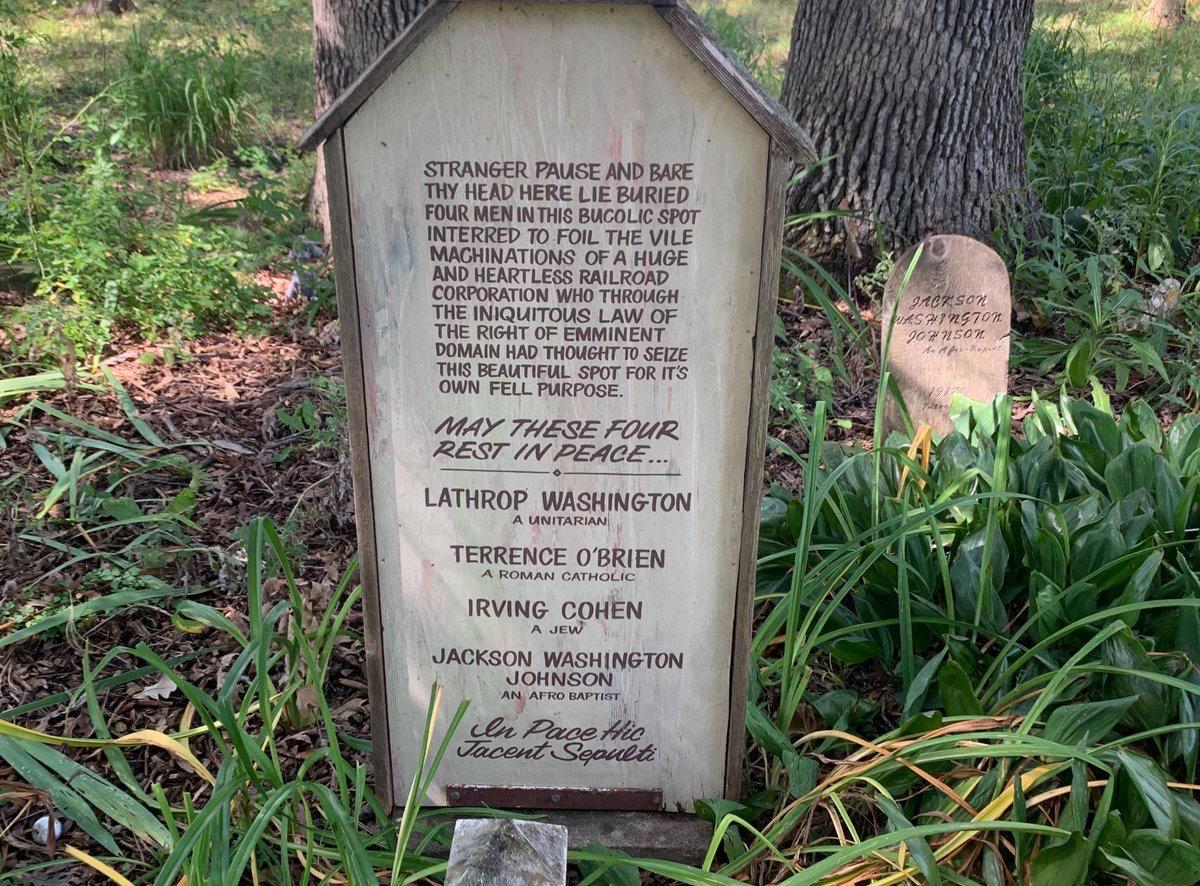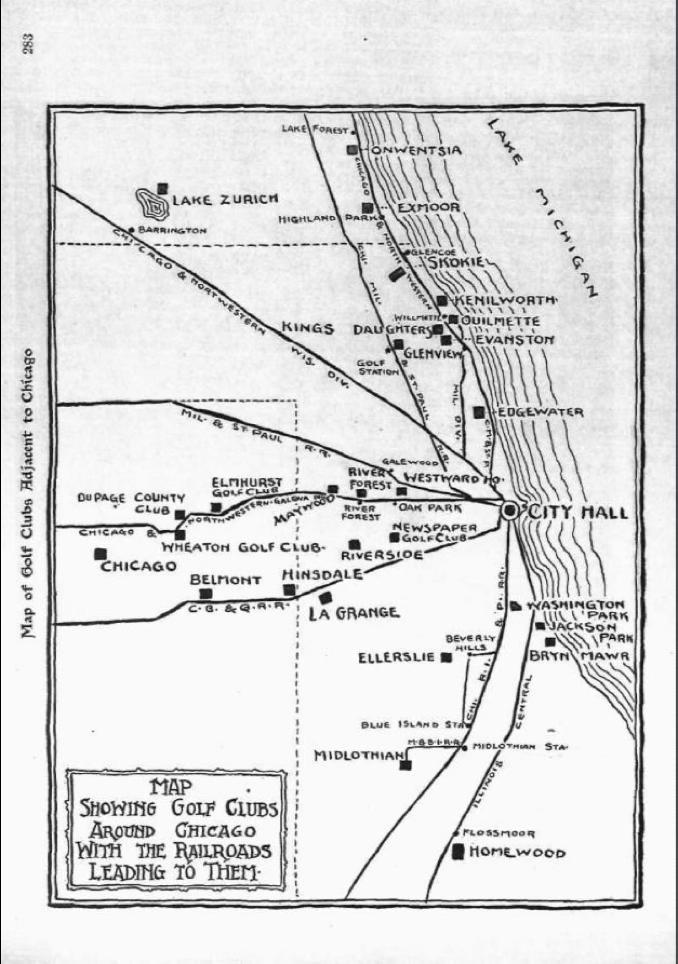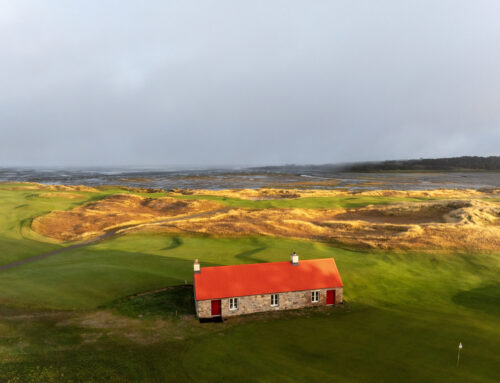
Golf has its fair share of ghost stories — some rooted in history, others in the landscape itself. From churchyard greens to fairways shaped by ancient battles, the game’s connection with the past runs deep.
Simon Barrington and Sam Williams explore “Golf Architecture Graveyards” – a look at the most haunted holes in golf and the stories that continue to linger in the turf.
Table of Contents
Share This Story
1 – BALLYBUNION OLD
405 YARDS – PAR 4
Architects: Jo McKenna, Lionel Hewson, Tom Simpson, Molly Gourlay, Tom Watson.
This classic Irish links kicks off the Eclectic 18 with a drive down a mid-length dogleg left par 4. But beware, the cemetery that borders the right side of the fairway is strictly out of bounds.
Local rules forbid retrieving balls from the graveyard, so best to stay left and keep it in play, you’ll need every shot you’ve got once you reach the heart of the course.
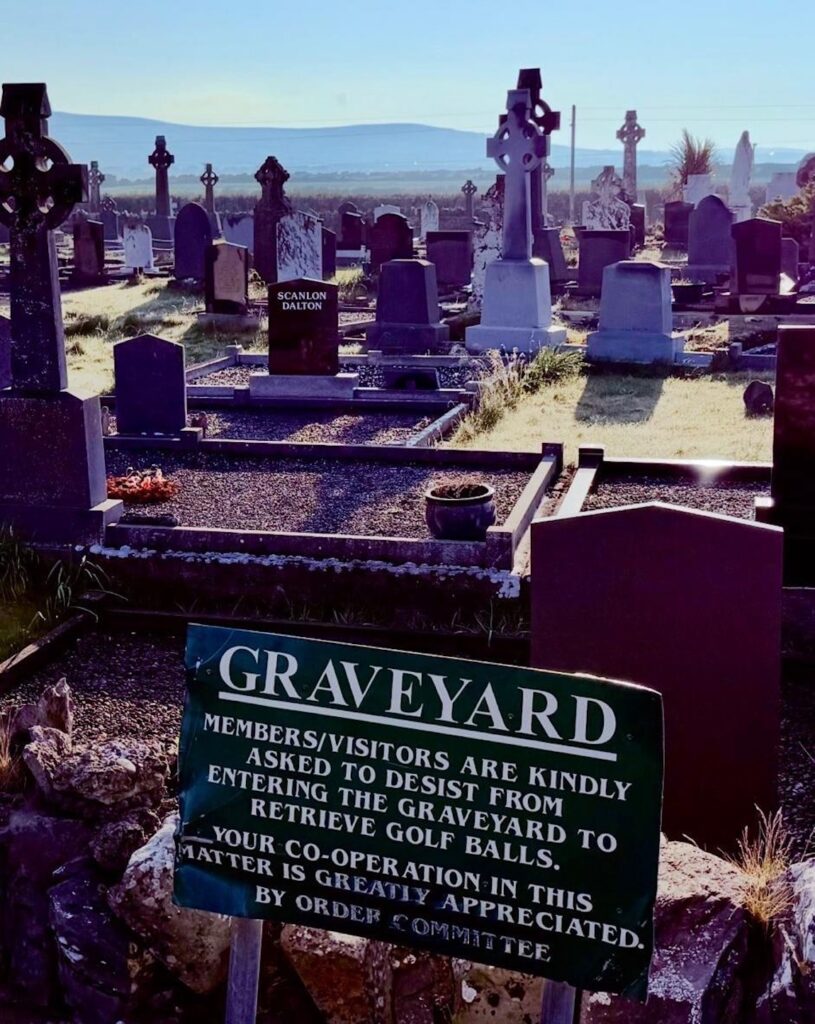
2 – WEST HILL
377 YARDS – PAR 4
Architects: Jack White, Willie Park Jnr., Cuthbert Buchart
The land now occupied by West Hill, Woking, and Worplesdon — alongside the railway line where commuters bustle in and out of the big smoke today — was once owned by the London Necropolis Company (LNC).
With death rates in the city spiralling, the company was keen to expand its operations and find more land suitable for burials. As mortality rates began to level off in the ensuing years, the land was repurposed, and the 3Ws all sprang into existence. Interestingly, the Chairman of the LNC was a founding member of West Hill and would go on to serve as both captain and president of the golf club.
3 - OLD PETTY
230 YARDS - PAR 3
Architect: Tom Doak
As the newest course on this list, opening for preview play this summer, the 3rd hole descends from the old stone wall you pass through after the second green and plays downhill to a green nestled beside the ancient ‘Castle Stuart’. It’s a fearful shot in its own right, but the land Old Petty occupies is part of the ancient Petty parish, gifted to the House of Stuart during the reign of Mary, Queen of Scots.
The castle that stands there today, and now serves as a sightline on several holes, is rumoured to be haunted. So much so, in fact, that there’s a fascinating story about people once staying there to prove it wasn’t — until one unfortunate guest met their demise falling from a top floor window. Whether the castle itself is haunted or not is something you can debate as you meander down the hill on Tom Doak and Clyde Johnson’s beautiful new addition to the Cabot Highlands site.
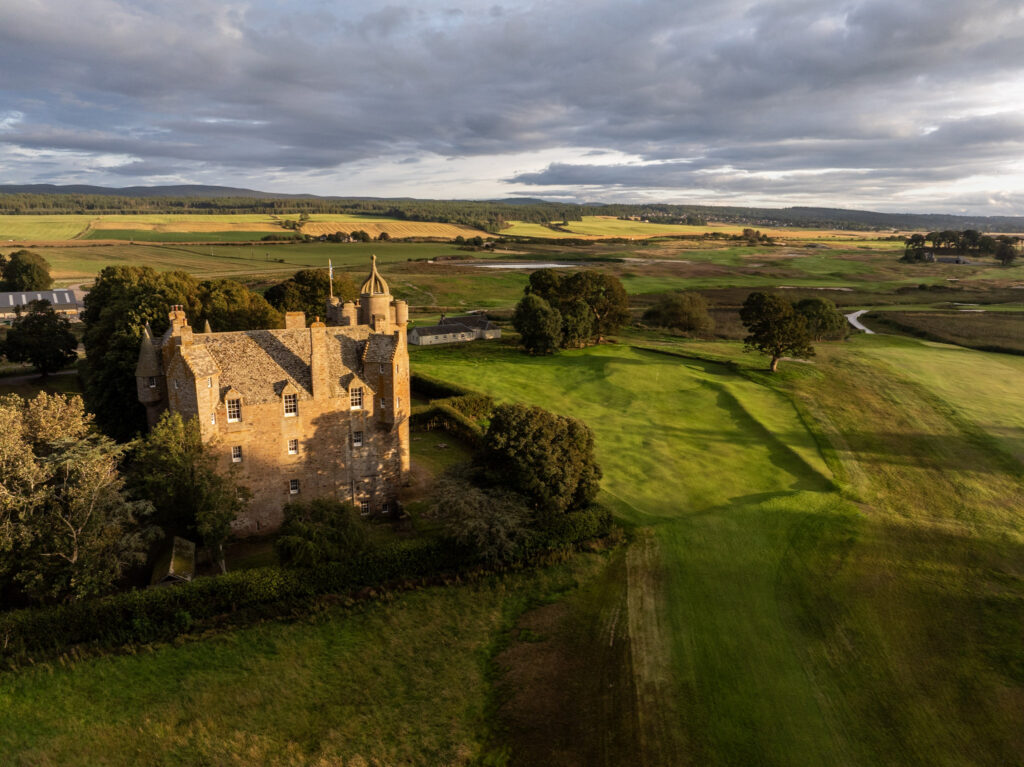
4 - WINTER PARK 9
495 YARDS - PAR 5
Architects: Keith Rhebb & Riley Johns
Keith Rhebb and Riley Johns did some truly fine work at Winter Park, breathing fresh life into this community nine-holer that we absolutely loved when visiting Florida in January 2025. A modest city budget was used to reimagine the green complexes, add interest, and introduce a single cut height across the course.
The playing corridors were left largely intact, meaning the 4th hole which doglegs around the cemetery in the ‘dead centre’ of Winter Park still underpins the strategic charm of the hole.
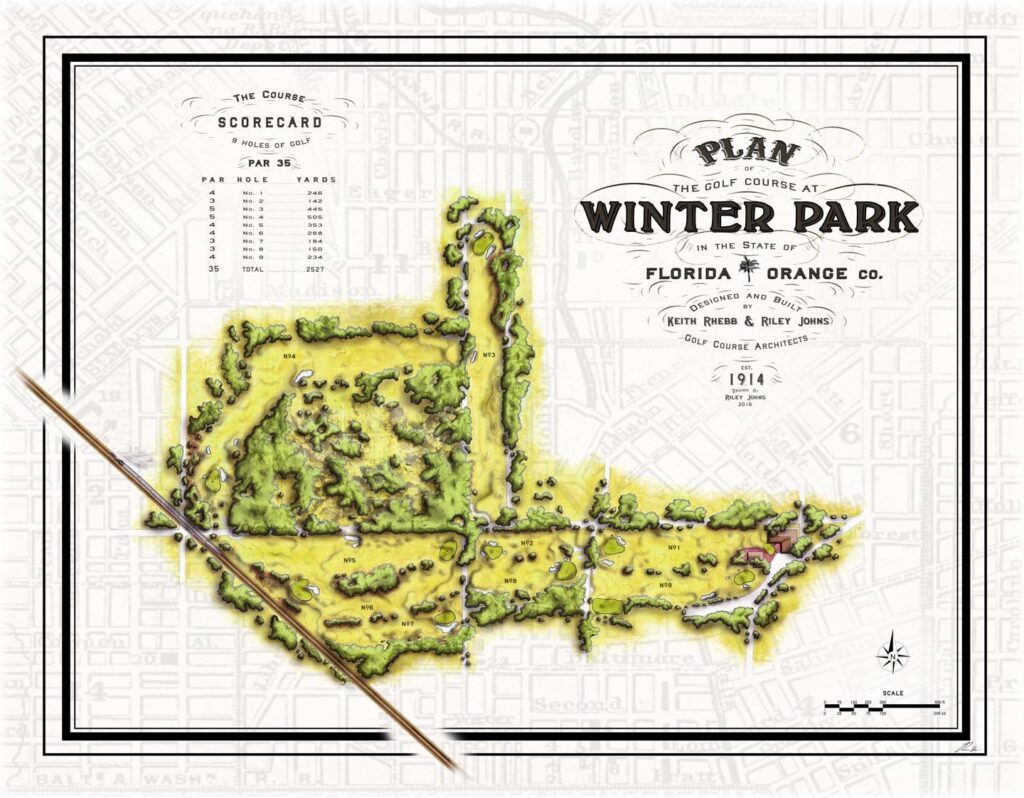
5 - LAKE ZURICH
182 YARDS - PAR 3
Architects: The Foulis Brothers
Founded in 1895 by a small group of Chicago lawyers and professors, Lake Zurich Golf Club is unlike any other. Part golf course, part time capsule, and entirely eccentric. With just 35 members, shaggy greens once tended by sheep, and a rumoured re-zoning as a cemetery to save it from the railway, it’s a place where tradition, quirk, and charm intertwine in the most wonderfully unconventional way.
Lake Zurich Golf Club captures golf in its purest form where handicaps don’t exist, bogey is still considered “ideal,” and the spirit of the game takes precedence over the scorecard. The local rules are as unconventional as the club itself: weeds can be plucked without penalty, no ball is ever truly lost, and if a putt can be blown in, you’re welcome to do so.
Eccentric touches abound from the pink bench where Marilyn Monroe once sat to the ornate gate designed by Daniel Burnham himself. At LZGC, golf isn’t about perfection or prestige, but about camaraderie, character, and the enduring fun of the game. The 5th hole - a reverse-Redan - is no exception.
If the buried bodies are not enough, the clubhouse interior is bound to spook you, with taxidermy and deep red leather throughout, it looks like one of the most unique clubs in existence. More can be read about the club here.
6 - CRUDEN BAY
531 YARDS - PAR 5
Architects: Old Tom Morris, Archie Simpson, Tom Simpson, Herbert Fowler
One of the most beautiful Tom Simpson holes in existence just so happens to cross ‘The Bluidy Burn’ — the site of the Battle of Cruden Bay in 1012, where over 10,000 soldiers lost their lives. The battle was fought between Scottish forces led by King Malcolm II and a coalition of Norwegians and Danes, among them the teenage son of King Sweyn Forkbeard, who would later become King Cnut the Great of England (yes, you read that right).
This isn’t the only spooky connection with Cruden Bay. Up on the hill stands Slains Castle, visible from the front nine, which served as the inspiration for Bram Stoker’s Dracula. And those familiar with the course will also know of the curious mound in the middle of the 17th fairway — said to be the burial site of soldiers from that same ancient battle. When it comes to Halloween golf, Cruden Bay offers no shortage of haunting tales.

7 - DORNICK HILLS
383 YARDS - PAR 4
Architects: Perry Maxwell, restored by Tom Doak
American golden age luminary Perry Maxwell spent much of his time at Dornick Hills. The family’s dairy farm provided the perfect landscape to hone his design skills, first with a simple four hole layout, then a nine hole routing, before finally realising his full 18 hole vision in 1923.
Tom Doak breathed new life into the course in 2021, restoring its brilliance for a new generation. Today, Perry Maxwell rests in the family cemetery beside the 7th tee, a fitting tribute to a man whose legacy still shapes the land he once called home.
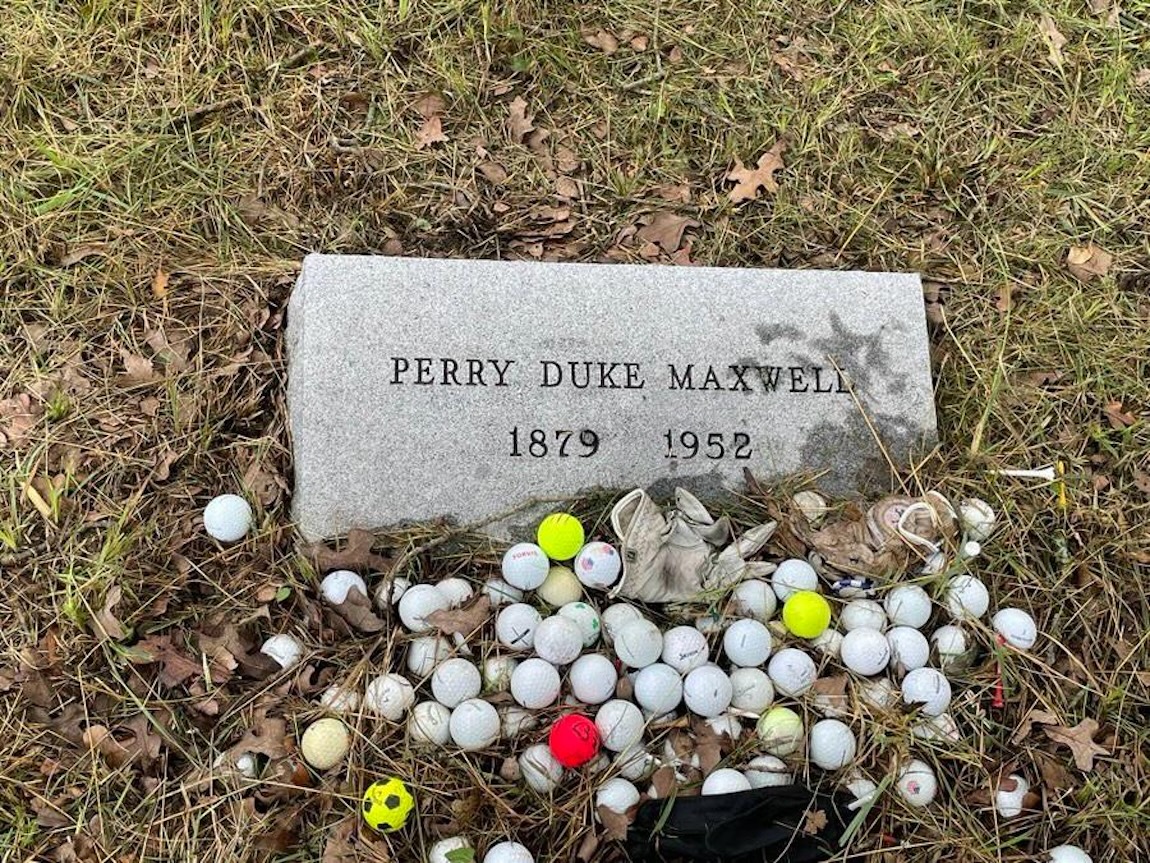
8 - ROYAL TROON
123 YARDS - PAR 3
Architects: Willie Fernie, James Braid
Ok, so there’s no buried bodies on the Postage Stamp, but it remains one of the scariest and certainly the shortest par 3 on The Open rota. The hole which plays down to a green benched into the side of the dune got some special treatment from James Braid in 1923 when he added ‘the coffin’ bunker.
As someone who has a special soft spot for Braid, we can’t begrudge Simon including this homage to the wise old man in his Eclectic 18.

9 - PORTMAHOMACK (TARBAT)
327 YARDS - PAR 4
Architect: John Sutherland
Portmahomack is a fun community nine holer located in Tain in the Scottish Highlands. Originally laid out by the secretary of Royal Dornoch (one of many Sutherlands linked with the history of the area), the ninth weaves its way around the cemetery.
The cemetery itself holds some chilling tales too, with one grave said to contain the remains of several skulls.
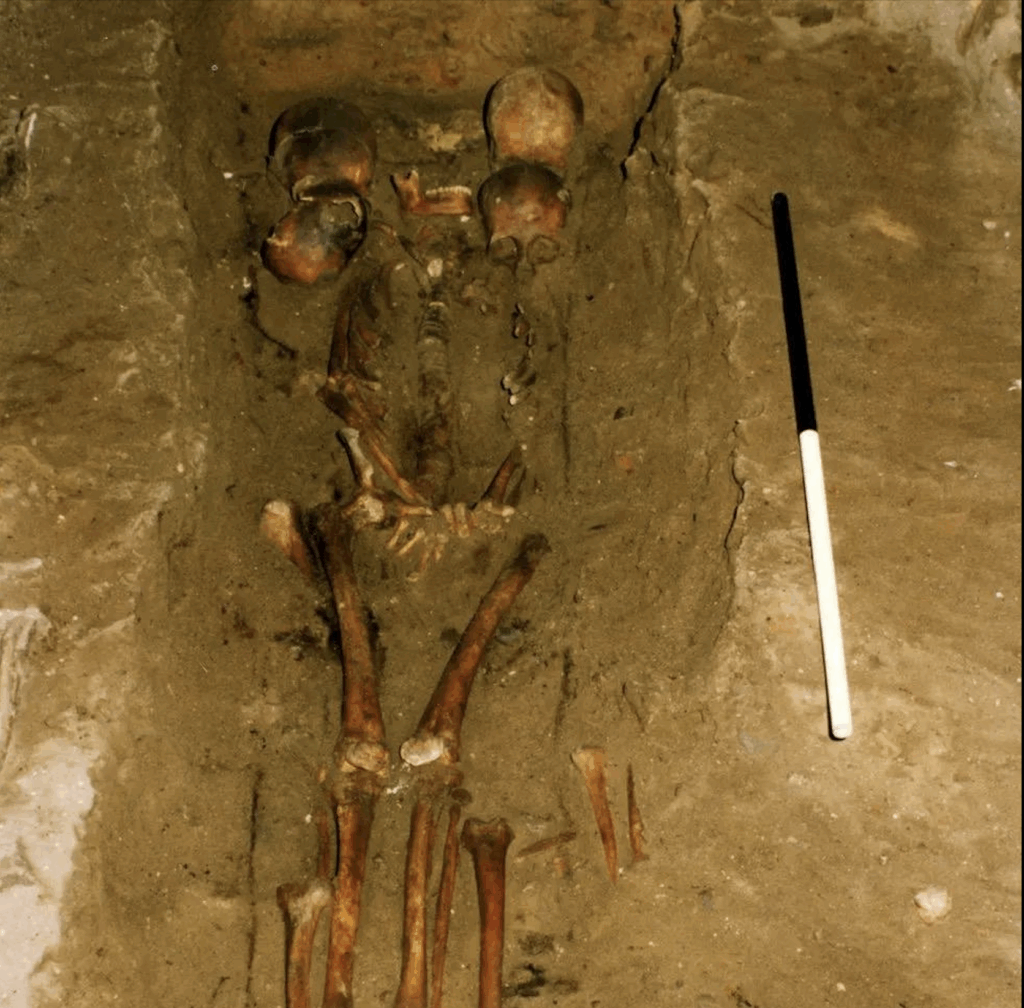
10 - ST ENODOC CHURCH
457 YARDS - PAR 4
Architects: James Braid, Tom Simpson
Without doubt one of the scariest holes in the British Isles, a par at the 10th at St Enodoc eludes even the best players. Its narrow strip of fairway, banked by dunes on the right and hazards to the left, is only half the battle. The green sits beyond the trees round to the left, awkward to reach with a long or mid iron, let alone anything more if you’re playing into the breeze.
The real reason the 10th earns its place on this list, however, is the church and graveyard immediately beyond the green, which gives the course its name. Famous as the resting place of Poet Laureate Sir John Betjeman, it is one of the most picturesque and peaceful places to be laid to rest.
Another fine addition to the eclectic 18 scorecard, the next four holes circle the churchyard, and while several could have made the list, the 10th is without doubt the spookiest of them all.
11 - SLEEPY HOLLOW CC
433 YARDS - PAR 4
Architects: CB Macdonald, Seth Raynor, AW Tillinghast, Gil Hanse
Not much needs to be said about Sleepy Hollow. Its iconic logo depicts the Headless Horseman carrying his own head in his left hand — a nod to the area that inspired Washington Irving’s 1820 short story.
The hole itself is named after Ichabod, the story’s protagonist, a schoolmaster who believes in the supernatural. This long par 4, on one of CB Macdonald and Seth Raynor’s finest layouts, features a dramatic volcano green pushed up from the landscape — where, as Simon brilliantly puts it, the greenside bunkers are six feet under.
12 - AUGUSTA NATIONAL
155 YARDS - PAR 3
Architects: Dr. Alister Mackenzie, Bobby Jones, Perry Maxwell
Ironically situated at the heart of ‘Amen Corner’, Golden Bell might be the most famous par 3 in existence. What is perhaps less well known is that when the 12th green was being constructed out of the lowlands on the old Fruitlands nursery site, beyond the water, the remnants of an old Native Indian burial ground were found directly beneath.
Whether this explains the eerie swirling wind that defines the challenge of Augusta’s 12th hole, we can only speculate, but today, it’s best known as the graveyard of many Green Jacket hopefuls.
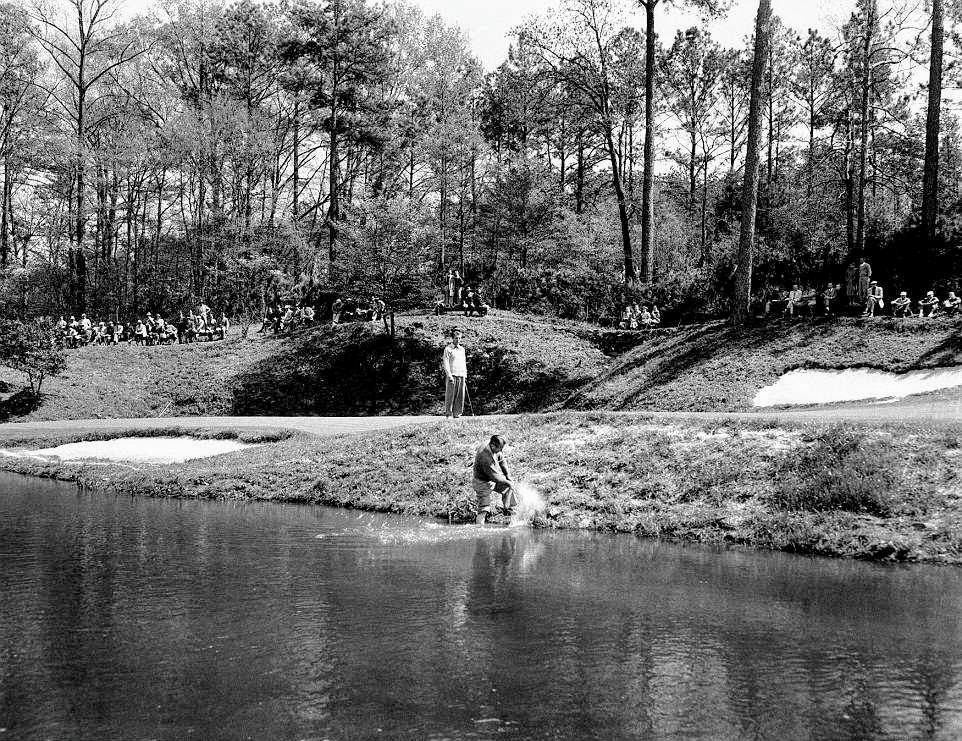
13 - DUNAVERTY
466 YARDS - PAR 5
Architects: Founder Members, Colonel Taylor
Dunaverty might be as much fun as you can have on a golf course. A sub 6,000 yard rollercoaster of fun, elevation change and quirk. The 13th hole — “Graveyard” — is a perfect example. A brilliant short par 5 and a firm favourite with The Half Par Kid, it was originally named because the hole runs in the direction of the cemetery down at Keil Beach.
From the club’s website: Despite the good chance to make up ground in the round, the hole is well known as a potential card wrecker and its name is better put down to the fact that many a good round has come to grief here. Out of bounds all the way down the right and deep rough to the left calls for a fearless drive to the relatively narrow fairway in between. Even then, the fairway is criss-crossed by two trenches which fork together at Dunaverty’s ancient standing stone. Two hillocks rise up like giant shoulders to protect the entrance to the large green beyond.

14 - THE OLD COURSE
614 YARDS - PAR 5
Architects: Daw Anderson, Allan Robertson, Old Tom Morris
Hell bunker might be one of the most famous expanses of sand in the game, but the story of the 14th hole and its connection with the afterlife runs much deeper as Simon beautifully explains in the podcast. The elysian fields - the stretch of land you must cross before heading to the afterlife - dictates a carry beyond hell which is flanked by the pulpit looking down on hell, the coffins at the rear and to the right of hell.
One can only imagine the fun that took place in the R&A clubhouse when the names for the bunkers on 14 were cooked up. A brilliantly poetic story of the afterlife summed up in one golf hole, which sadly today is probably too often overlooked.
15 - LOCHCARRON (6/15)
171 YARDS - PAR 3
Architects: Founding Members
A community run nine-holer in the Scottish highlands, the 6th hole which serves as the 15th in this scorecard features a road running alongside and the churchyard long is out of bounds. A fairly terrifying prospect for anyone stood there with a mid to long iron in hand.
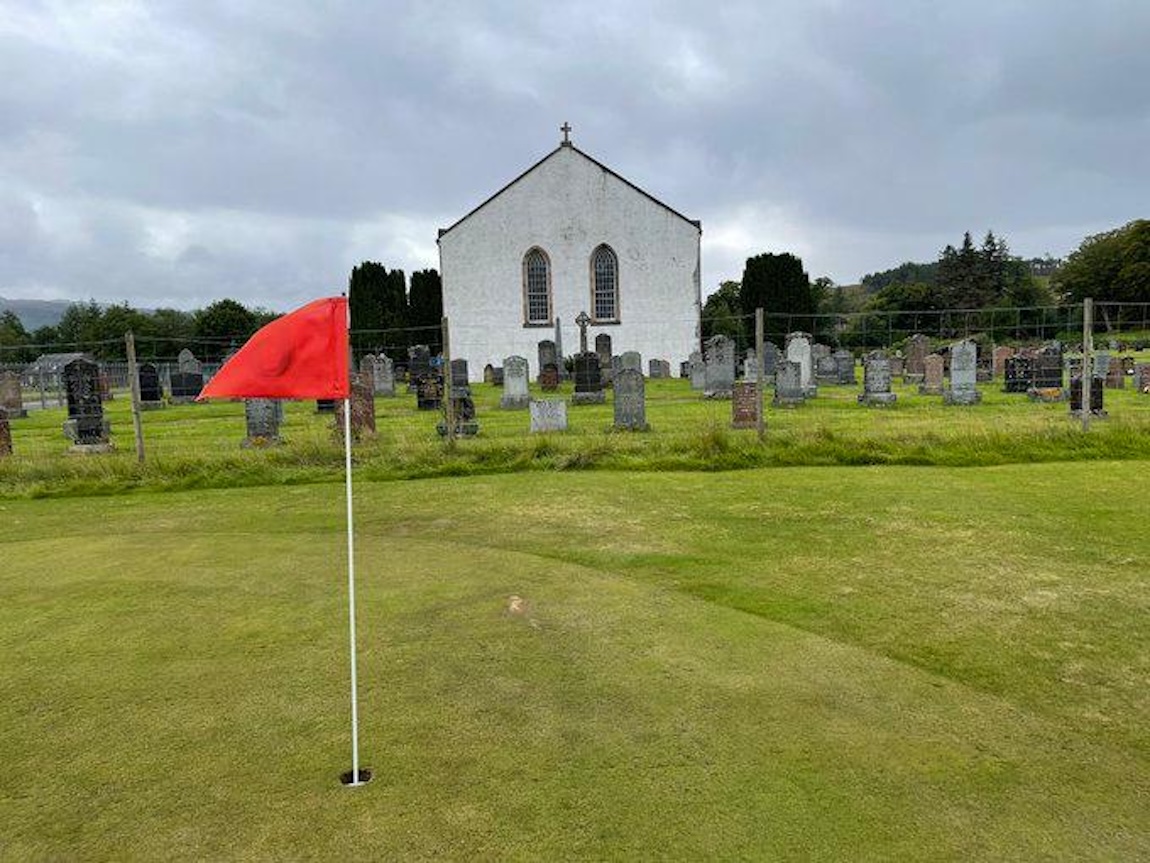
16 - PASATIEMPO
392 YARDS - PAR 4
Architect: Dr. Alister Mackenzie
Pasatiempo has undergone several restorations and renovations in recent years, breathing new life into what Dr Alister MacKenzie considered some of his finest work. The vision of Marion Hollins, who took a gamble on this site north of the Monterey Peninsula, Pasatiempo showcases some of MacKenzie’s most daring green sites across a landscape where elevation change and drama take centre stage.
The 16th hole is no exception. As you crest the hill and look down towards the enormous three-tiered green pointing back at you, you’ll be completely mesmerised by the approach shot that awaits. What this author didn’t realise when playing it this summer is that this was the spot where Dr MacKenzie chose to have much of his ashes scattered after his death. When you play it, you can see exactly why.
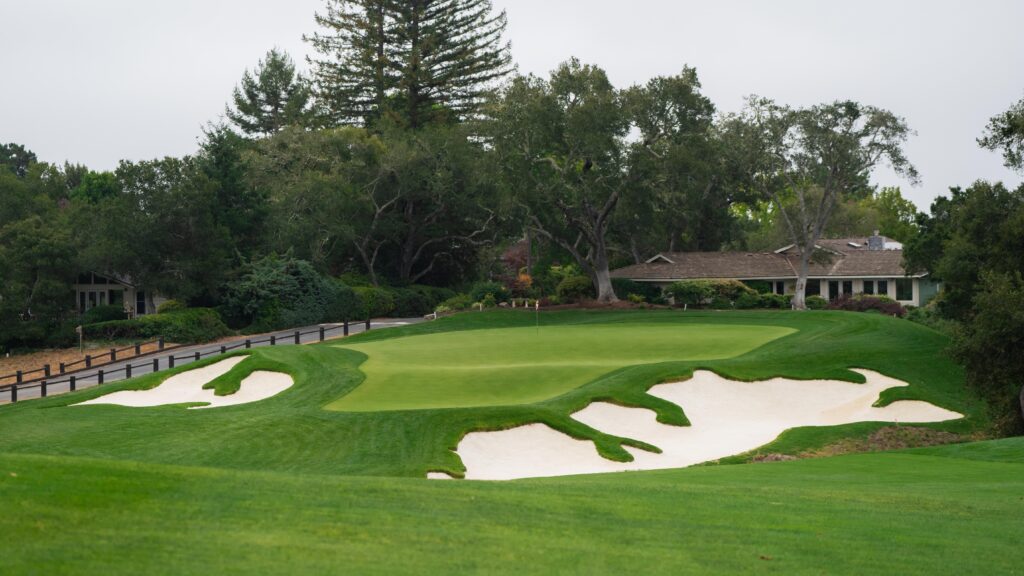
17 - PAINSWICK
“Graveyard” - 363 YARDS - PAR 4
Architect: David Brown
Set high on Painswick Beacon in the Cotswolds, the 17th is typical of what makes this course so distinctive. Built across an ancient hill fort and dotted with old quarries, Painswick is full of blind shots, stone walls, and tight fairways framed by roads on every side.
The hole’s name, “Graveyard,” isn’t just for effect - a cemetery borders the left of the fairway, with its wall jutting into the line of play to avoid disturbing the ground beyond. It’s a hole that captures the eccentric, timeworn charm of Painswick and feels perfectly at home in this Halloween collection.
18 - THE OLD COURSE
(Reverse - 2nd Tee to 18th Green) - 362 YARDS - PAR 4
Architects: Old Tom Morris, Allan Robertson, Daw Anderson
A potential rules violation here in the Eclectic 18, with The Old Course featuring twice, though, cunningly, Simon has opted for the reversed routing, so we’ll allow it. Played from the second tee box up to the 18th green outside the old shopfront of Old Tom Morris, the hole is famously guarded by the Valley of Sin. But that’s not the main reason for its Halloween connection.
When Old Tom Morris was Keeper of the Green at St Andrews, he chose to move the green from the lowlands short of its original position to where it sits today. During construction, it was discovered that the new site had once served as a burial ground for cholera victims.
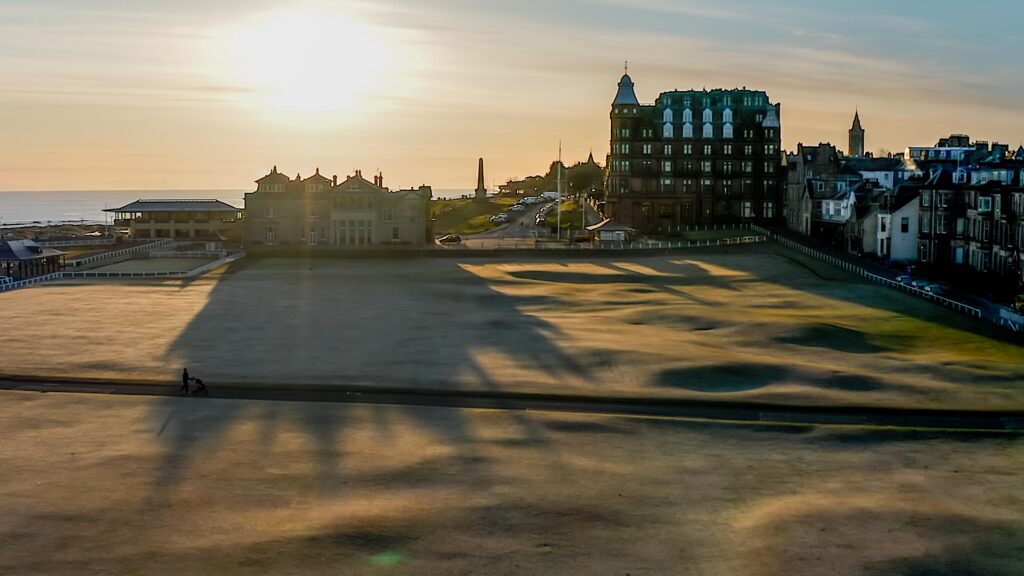
A huge thank you to Simon for pulling this all together. It takes a great deal of time and research to bring stories like these to life, and we’re grateful for his passion and knowledge in sharing golf’s more mysterious side with us.
Front Nine Yardage = 3,053yds
Back Nine Yardage = 3,413yds
Front Nine Par = 35
Back Nine Par = 36
Course Yardage = 6,466yds
Course Par = 71
